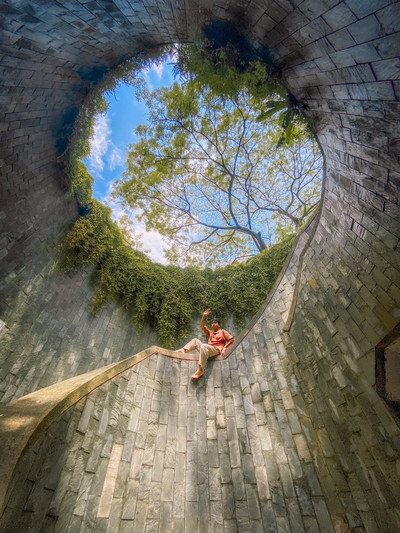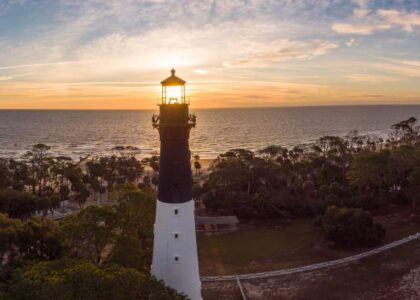Welcome to the Fort Canning Spiral Staircase, a captivating focal point within the lush greenery and rich history of Fort Canning Park in Singapore. As you stand at the base of this unique architectural feature, take a moment to imagine the centuries of history that have unfolded on this very hill. Fort Canning, originally known as Bukit Larangan or ‘Forbidden Hill,’ has been a significant landmark since the 14th century when it was home to Malay royalty. The hill was considered sacred, and its use as a seat of power continued when the British established a fort here in the early 19th century.
The spiral staircase itself is a relatively modern addition, but it connects you to a past that is layered with stories of colonial ambition, wartime resilience, and cultural evolution. In 1819, Sir Stamford Raffles, the founder of modern Singapore, chose this strategic hill for his residence, recognizing its vantage point over the harbor. The fort, which was constructed in 1859, played a crucial role during World War II as a command center for the British and later as a site of surrender to Japanese forces.
Moving forward through history, Fort Canning was witness to Singapore’s transition from a British colony to an independent nation. The hill was a silent observer to the planning and execution of many key events in Singapore’s journey towards becoming a vibrant city-state.
The spiral staircase, though not ancient, serves as a metaphor for the continuous journey of discovery and evolution. As you ascend its steps, you walk through layers of history, each turn offering a new perspective. Today, Fort Canning Park is a space where history and nature coexist, offering urban dwellers a respite and a tangible connection to the past.
In conclusion, while the Fort Canning Spiral Staircase might seem like just another picturesque spot for photography, it stands as a testament to the resilience and transformation of Singapore—a city that has spiraled upwards through the annals of time, much like the staircase itself.





